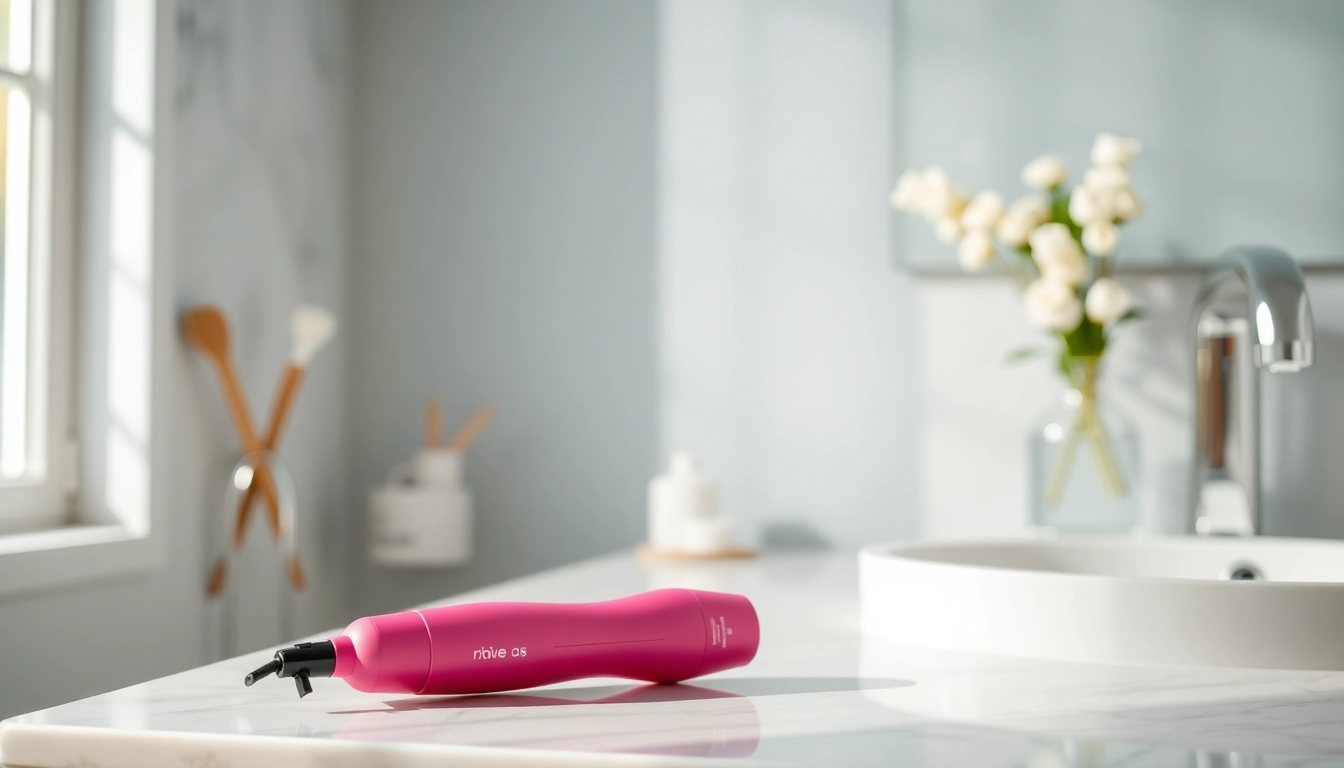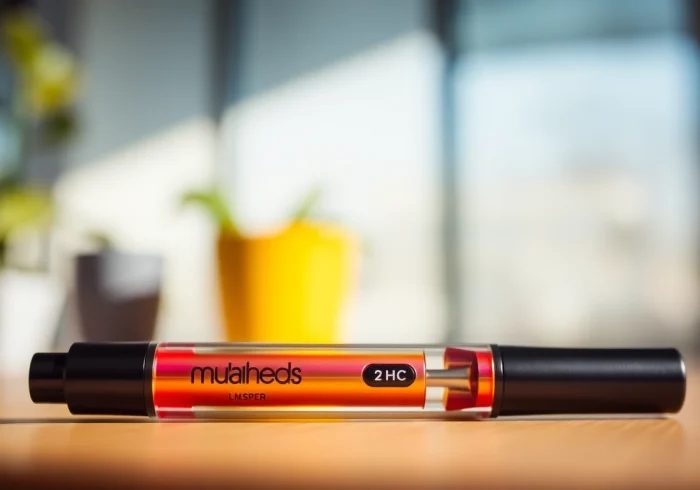1. Introduction to Must Have Hair Styling Tools
In the world of hair styling, the tools you choose can make all the difference between a great hair day and a disaster. Quality tools not only aid in achieving desired styles but also protect your hair from damage. This article delves into the essentials of must have hair styling tools, discussing their features, uses, and the importance of investing in high-quality products.
1.1 The Importance of Quality Tools
Quality hair styling tools are crucial for anyone looking to maintain healthy hair while achieving salon-like results at home. Poor-quality tools can lead to hair damage, frizz, and split ends. Investing in reliable brands ensures you are using safe and effective equipment. Quality tools frequently incorporate advanced technologies that protect hair from heat damage and reduce styling times, which is a game-changer in today’s fast-paced world.
1.2 Factors to Consider When Choosing
When selecting hair styling tools, various factors should influence your decision. These include:
- Hair Type: Different hair types (straight, wavy, curly, coarse) require specific styling tools to achieve optimal results.
- Material: Tools made from ceramic, titanium, or tourmaline often provide better heat distribution and minimize damage.
- Price: While budget constraints are essential, remember that higher-priced tools may offer longevity and better performance.
- User Experience: Ergonomics play a pivotal role in usability. Tools that are more comfortable and lighter are generally easier to handle.
1.3 Overview of Different Tool Types
The realm of hair styling tools is vast. Some essential categories include:
- Hair Dryers: Vital for drying hair quickly and promoting volume.
- Flat Irons: Perfect for creating sleek, straight looks.
- Curling Irons: Essential for creating playful curls and waves.
- Brushes: Various styles aid in styling, detangling, and smoothing hair.
- Hot Rollers: Great for adding volume and creating soft curls with ease.
2. Key Features of Must Have Hair Styling Tools
2.1 Materials and Technology
The choice of materials used in hair styling tools can greatly affect their performance. For instance, tools made from titanium heat up quickly and evenly, making them ideal for thick and coarse hair. On the other hand, ceramic tools are renowned for emitting negative ions that reduce frizz and enhance shine. Additionally, tourmaline-infused tools emit far-infrared heat that penetrates the hair shaft without damaging it. Advanced technologies such as smart temperature control and ionic technology further enhance safety and efficiency.
2.2 Ergonomics and Design
Design and ergonomics are key components in the functionality of hair styling tools. A well-designed tool not only prevents hand fatigue during prolonged use but also allows for better maneuverability. Features such as swivel cords, lightweight designs, and additional grips increase comfort and efficiency, facilitating more intricate styling techniques. The colors and aesthetics of a tool can also play a role, with many opting for designs that align with their personal style.
2.3 Maintenance and Longevity
To maximize the lifespan of your hair styling tools, proper maintenance is essential. Regular cleaning of tools after every use helps prevent buildup of product and hair, which can affect performance. It’s also important to store tools properly, ideally in a heat-resistant case or on a heat-safe mat. Following the manufacturer’s guidelines for maintenance can also ensure that tools remain in top condition for years to come, protecting your investment.
3. Top Must Have Hair Styling Tools on the Market
3.1 Comparisons of Popular Brands
The market is filled with diverse brands offering hair styling tools. Renowned brands like GHD, BaByliss, and Dyson each offer unique features that cater to different styling needs. GHD is known for its flat irons that provide even heat distribution, while Dyson’s hair dryer revolutionizes the drying experience with its lightweight design and powerful airflow. On the other hand, BaByliss offers a range of styling tools perfect for achieving salon-quality results at home.
3.2 Price vs. Performance Analysis
In the realm of must-have hair styling tools, examining price versus performance is crucial. While premium tools often come with a hefty price tag, they typically provide better performance, durability, and technology. In contrast, budget-friendly options may suffice for casual users but can lead to more significant long-term costs due to replacement or restoration needs. A thorough analysis of user reviews, performance metrics, and brand loyalty can assist in determining the best value for your needs.
3.3 User Reviews and Ratings
Consumer feedback plays a vital role in understanding the effectiveness of a hair styling tool. Ratings on platforms such as Amazon and beauty forums can provide insights into the real-world performance of products. Highlighted features in customer reviews, such as heat up time, ease of use, and the suitability for different hair types, can help potential buyers make informed decisions. Analyzing these reviews alongside expert recommendations often leads to selecting the right tools for your specific needs.
4. How to Use Hair Styling Tools Effectively
4.1 Step-by-Step Styling Techniques
Using hair styling tools effectively requires understanding the right techniques. Here are some step-by-step methods for common tools:
- Hair Dryer: Section your hair, start with a heat protectant, and direct the airflow from root to tip while using a round brush to shape the hair.
- Flat Iron: Ensure hair is dry and free from product, then divide it into manageable sections, moving the iron slowly to achieve the desired sleekness.
- Curling Iron: Wrap small sections of hair around the barrel, holding for a few seconds, then release for soft, undone waves.
4.2 Common Mistakes to Avoid
Many people make common mistakes when using hair styling tools, which can lead to poor results or hair damage. Here are a few to avoid:
- Using Too High Heat: Always adjust the heat setting to match your hair type.
- Skipping Heat Protectants: Always apply a heat protectant to minimize damage.
- Overworking Sections: Avoid going over the same section multiple times with heat; it can lead to damage.
4.3 Tips for Different Hair Types
Diverse hair types require specific approaches when using styling tools. For example:
- Fine Hair: Use lower heat settings and less product to avoid weighing down strands.
- Curly Hair: Consider using tools designed for curls, such as curling wands or diffusers with blow dryers.
- Thick Hair: Higher heat settings can be effective, but ensure you’re using tools designed for dense hair types.
5. Conclusion: Invest in Must Have Hair Styling Tools
5.1 Recap of Key Points
Choosing the right hair styling tools is integral to achieving healthy and stylish hair. The right tools, coupled with proper knowledge of features and techniques, empower individuals to express their personal style confidently. Quality tools can save time, enhance hair health, and ultimately reflect one’s personality.
5.2 Future Trends in Hair Styling Tools
The future of hair styling tools looks promising, with advancements in technology paving the way for smarter products. Expect to see tools with enhanced smart technology that adjusts temperature based on hair type, as well as eco-friendly options that reduce energy consumption.
5.3 Where to Buy Your Tools
When looking to purchase must-have hair styling tools, it’s important to buy from reputable retailers. Online platforms often provide a broad range of products with user reviews, while specialty beauty stores can offer personalized advice. Don’t forget to look for sales or bundle deals that might save you money in the long run.



